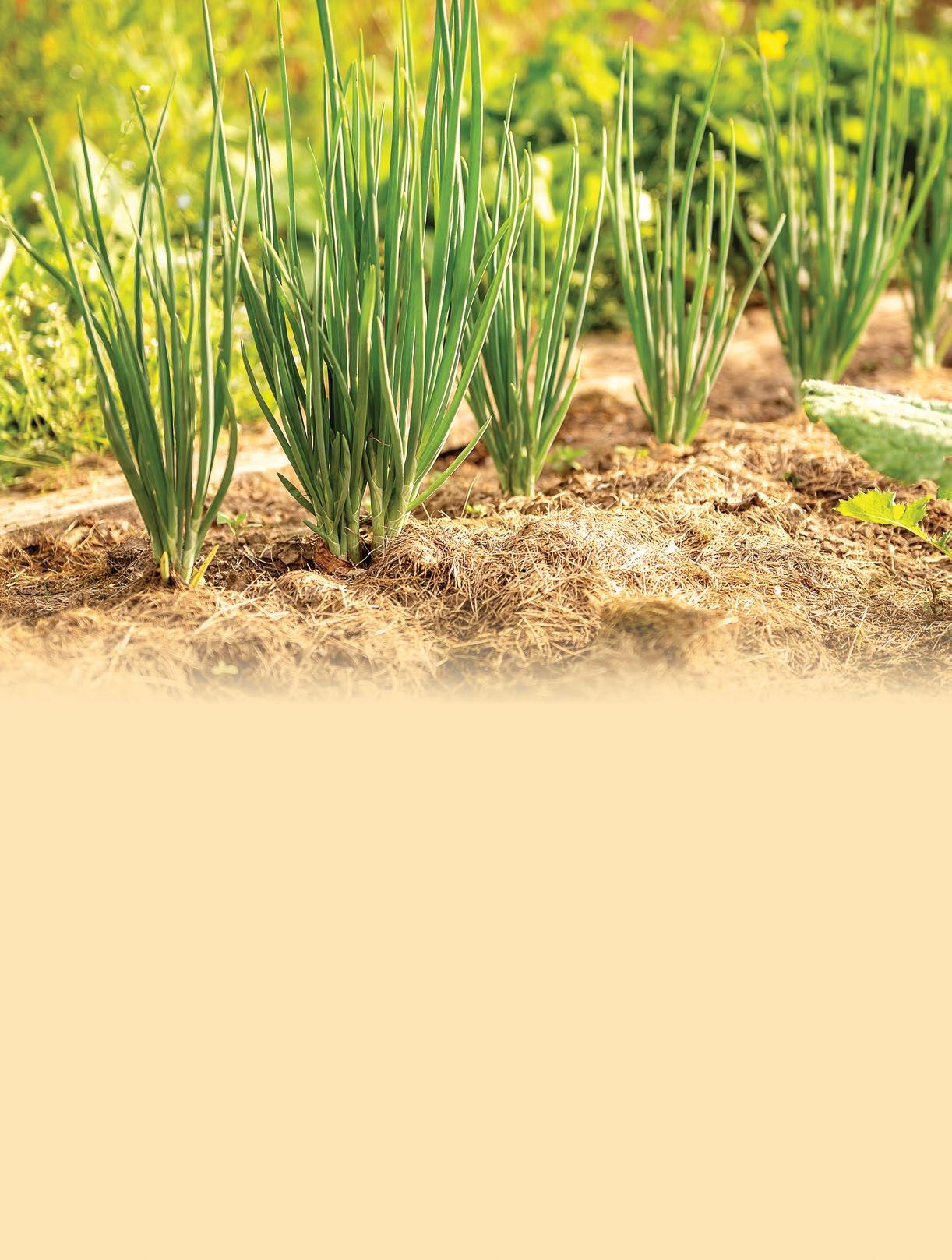
3 minute read
Pathways in the garden

Crushed stone leads you through and around these gardens.
By Dorothy Dobbie
Advertisement
A garden without a pathway is like a boy without a spine.
Pathways help define the garden, creating drama and structure. They lead the viewer from one focal point to another. Pathways allow the gardener to help focus attention on highlights in the garden or to lead to a quiet seating place or other special feature.
From a practical standpoint, garden pathways can allow access to plants for the purposes of pruning or watering or weeding, particularly important in the large vegetable garden.
Pathways can be made from all sort of materials, from expensive and beautifully wrought decorative hard features such as brick or carefully laid mosaic stone, to something as simple as grass, gravel or mulch. A pathway planted with creeping thyme makes a fragrant walk.
When designing a pathway, think of the personality of the garden, and its size. A wide straight path might do in a large garden, but a smaller space will gain from a much narrower and curving layout. The materials used should also reflect that personality. A natural shade garden will be complemented by moss-covered steppingstones or some other casual material. A formal garden will want the

These decorative pavers get you to the hammock with clean feet.

Flagstones can be placed close together or further apart, with steppable plants growing through.

Crushed stone leads you through and around these gardens.



Bark mulch through a mixed perennial border recedes when you aren’t looking directly at it.

Pathways can be simple steppingstones that reflect the environment.

Creeping thyme, in this case beside the paved area, where it can be tromped on to lend the air a delicious scent.

Interlocking pavers, well laid, lead between the front yard and the back. Notice how the plants sprawl over the edges.

A neatly place walk is formal to fit into a tidy garden.

Red mulch kept in place with dark four-by-fours is ornamental and practical.
Red mulch kept in place with dark four-by-fours is ornamental and practical. dignity of brick or more structured paving stones. Such a pathway may also be lined on each side to emphasize the formality.
Remember, too, to consider the environmental conditions surrounding the pathway. If it is naturally shady and wet, you will want to avoid slippery materials as the base. A hot, sunny space may benefit from the cooling impact of groundcovers planted between steppingstones: thyme, for example, thrives in heat.
Think about what to plant along the pathway. Big plants such as hydrangea or sprawling roses, should be set well back from the walk so they have room to reach out without obstructing passing foot traffic. Structured plants such as rounded dwarf cedars can be planted on the margins to define the path. A creeping plant that will spill over the edges of the walkway will soften the severity of a more linear walk.
Try to create a destination for the pathway. This can be defined by adding an arbour with some seating or a fountain at the end.
Many homeowners will find the first place they need to develop that pathway is from the front yard to the back leading between houses. These spaces are generally straight and narrow leaving little scope for curving or much else. Sometimes this space is dark and shaded. If this is the case, a path leading though pea gravel is often the best option. It can still become a beautiful feature by adding some statuary and potted shade annuals. If wide enough, this can even become a sanctuary at the end of a hot day if you add a bench or some other seating.
Pathways create order and purpose in a garden. Plan carefully.

Wooden decking makes a nice warm walkway.










